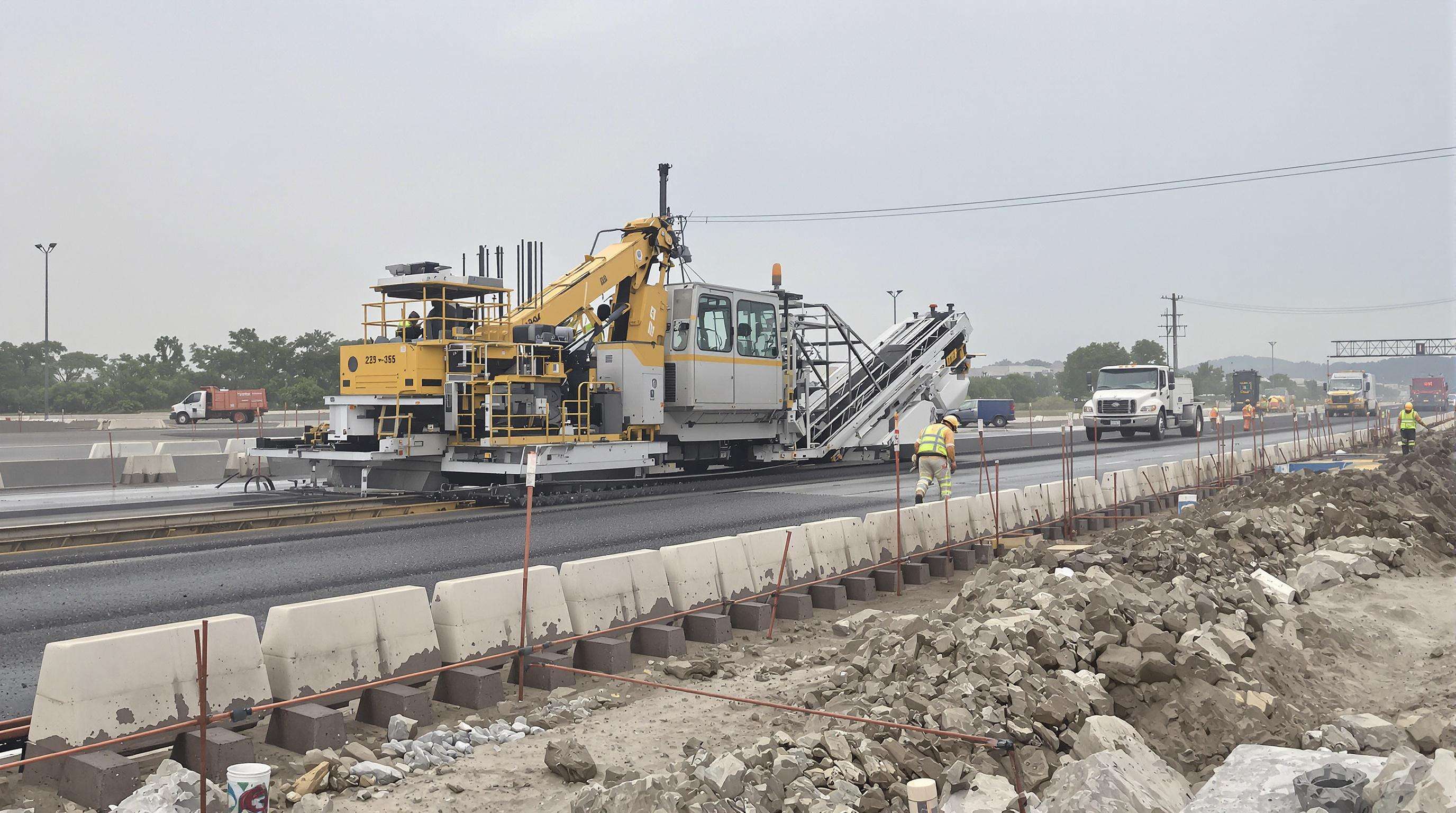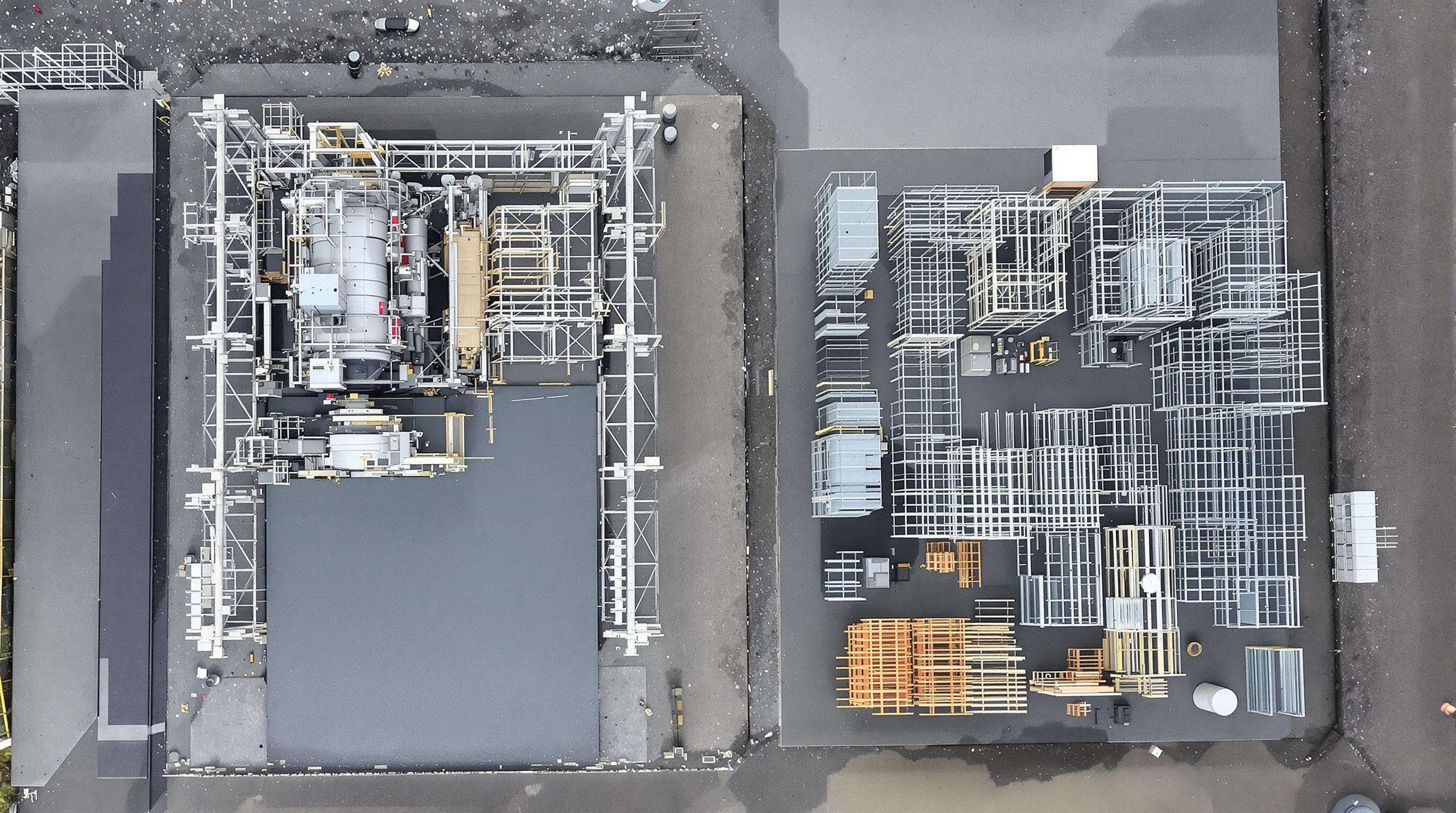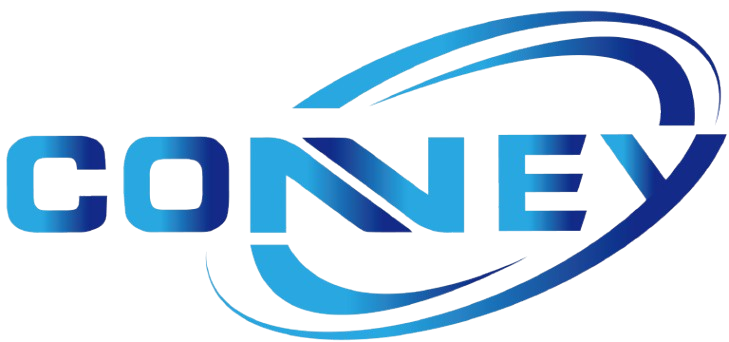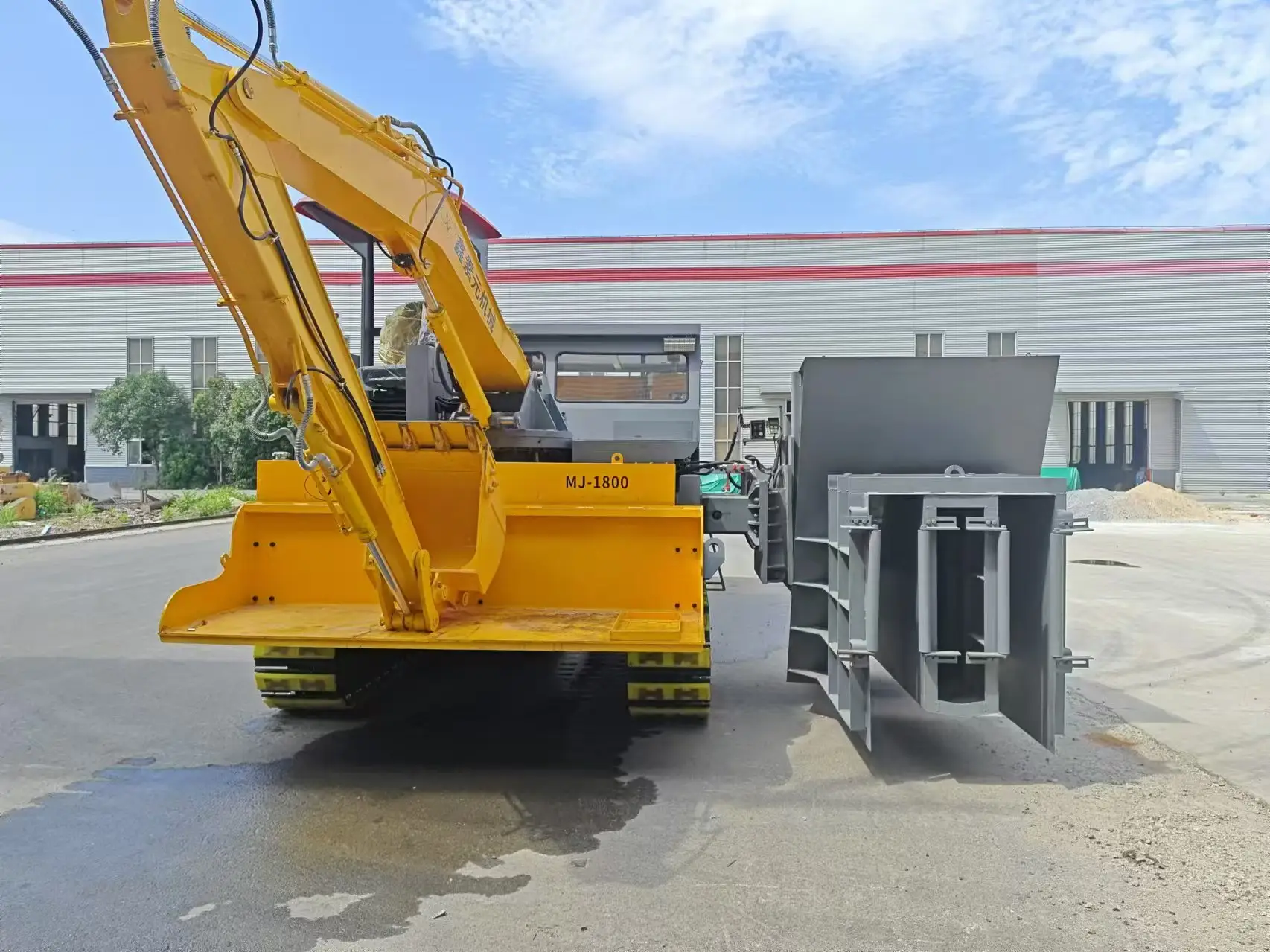Defining Slipform Paver Machine Operations
Slip-Form Paving Machine Slipform paving is defined as a process used to consolidate, form into geometric shape and surface finish a PCC mass by pulling the forms continuously through and surrounding the plastic concrete mass. Such traveling self-propelled models move forward with the mold casting and placing concrete for compaction and with the internal vibrators used to compact as well as finish the concrete with finisher elements used to smooth the surface. This flow-based approach minimises the stops necessary with traditional fixed-form methods for placing and stripping formwork, creating a continuous work flow well suited for lineal infrastructure.
That system offers productivity advantages of high-speed highway, airport runway or industrial pavement compression that compresses into one combined operation placing, consolidating and finishing. This automation minimizes the dependence on manpower and it warrants the dimensional and structural precision in distributing homogeneous quality concrete. Continuous placements avoid most of the transverse joints present in segmented fixed-form construction and reduce long-term maintenance liabilities such as spalling or water infiltration.
Fundamentals of Fixed-Form Paving Systems
Types Fixed Form profiles Temporary steel or wood sided forms along pavement edges are used to control the wet concrete and form edges to shape. Material is poured between these fixed barriers, then mechanically screeded and hand finished. This technique is widespread for projects where precise geometrical control is needed, such as streets of cities with irregular width, parking lots with complex configurations or curb profiles.
Key advantages include:
- Lower equipment costs: Minimal machinery requirements compared to automated slipform alternatives
- Adaptive forming: Accommodates tight curves and complex shapes impossible with continuous pour methods
- Simplified training: Operators achieve proficiency faster than slipform paver technicians
But fixed-form construction takes 35–50% longer in labour hours to perform form-work erection and stripping than formless methods. Slipforming Projects based on this approach advance in 20 -40 meter sections, and the breaks between the pours result in daily outputs that are 18-22% lower than when slipforming. These limitations therefore make the fixed-form systems less applicable in small-to-medium size projects where flexibility of design is at a premium and project completion time is to be drastically reduced.
Efficiency Comparison: Slipform Paver Machine vs Traditional Methods

Modern construction demands solutions that balance speed, precision, and resource optimization. Slipform paver machines and traditional fixed-form methods represent two distinct approaches to concrete paving, with stark differences in operational efficiency. We analyze three critical factors: workflow continuity, labor demands, and real-world productivity outcomes.
Continuous Pouring Workflow of Slipform Pavers
Slipform systems remove any lag between concrete placements through the use of on-the-go vibrating, extruding and flotating equipment to pave pavement all in one pass. In contrast to stationary formwork that must be left in place, the paver wall molds and compacts concrete as it advances 1-4 meter per minute. This continuous operation allows highway crews to lay 500+ linear meters of concrete per day – an output 60% higher than using conventional methods. Automatic screeding and texturing further minimize the necessity for manual adjustments.
Labor Requirements for Fixed-Form Assembly
Projects built using a fixed form require 6-8 laborers for formwork set-up, rebar tying and edge finish. Crews devote 35% of project time for the setting up and removal of wood or steel forms, with labor costs increasing on projects taller than 150 meters. In comparison, slipform operations staffing just 2-3 workmen who need only watch machine gauges and control concrete flow means more budget can be allocated to quality control.
Production Rate Case Studies: Airport Runway Project
Slipform’s scaling benefits were recently put to the test on a 2,800m airport runway project. The contractor was able to pave the base course of 11 working days with a GPS- controlled paving machine at a rate of 255 meters/hour with a ±3mm grade accuracy. Equivalent fixed-form projects would have required 19 days and 12 workers to maintain surfaces to meet FAA standards. Slipforming helped shorten the project’s schedule by 3 months, in part because the slipform method saves approximately 18% of fuel costs due to limited equipment moves, removed approximately 420 man hours spent on formwork turn around.
Cost Analysis Between Slipform Paver Equipment and Fixed-Form

When evaluating concrete paving methods, financial considerations significantly influence decision-making. Slipform paver machines and fixed-form systems demonstrate fundamentally different cost structures across three key areas: initial equipment investment, recurring formwork expenses, and long-term material savings. These variations directly impact project viability and contractor profitability for infrastructure developments.
Capital Investment for Slipform Paver Machinery
The initial investment for a slipform paver is very high due to sophisticated hydraulic systems and non stop operating systems. These machines are premium – or you get what you pay for!they’ll be more expensive to purchase, typically 40-60% more than fixed-form. This is paid off in use by eliminating formwork costs and turning variable costs into fixed capital costs spread over many jobs. Highway contractors, such as those working on high-volume interstates, generally get payback in 3-5 years due to accelerated project schedules.
Formwork Expenses in Fixed-Form Projects
Fixed formworks also have significant re-occurring costs as they require the use of temporary forming systems. The need for steady purchasing of steel framework along with the logistics of transporting them and having labor available to install after each segmented pour. One area where concrete placing while stripping forms is interrupted, also cuts down the daily production of concrete by 25-30% as compared to that of continuous process. These costs, compounded, time after time, are often 15-20 percent of the overall project budget according to industry benchmarks.
Long-Term Savings from Reduced Rebar Usage
Slipforming allows for structural efficiencies that reduce the necessity for reinforcement. Optimized concrete density and joint securitization for 18-22% reduction in rebar with the same load rating. These material reductions pass a savings of $18k-$22k per highway lane mile along with less placement labor. Project life cycle analysis view participants q One Hour Preservation – Project Life Cycle Analysis, 15 Year Plus Maintenance Benefits through Homogeneous Pavement Integration
Quality Benchmark: Concrete Paving Methods Evaluation
Joint Integrity in Slipform Paver Operations
Slipform pavers facilitate tight joint formation by continued concrete extrusion at steady rates (1.5–3 m/min). The continuous workflow reduces cold joints, a leading point of failure in fixed form systems, by ensuring material consistency throughout the entire pour. And a 2023 analysis on interstate projects discovered that the maintenance of a slipform joint was cut by more than 40% over five years when compared with a fixed form’s joint because thermal contraction stresses are spread throughout the paver’s directionally consolidated slab.
Surface Tolerances of Fixed-Form Outcomes
Windrowing issues in achieving contemporary smoothness standards (*3 mm deviation per 3 m) result in further manual finishing and additional surface irregularities. In urban areas, 23% of fixed-form work exceeds allowable tolerances on longitudinal profile (FHWA 2022), resulting in early wear at expansion joints. While skillful crews can deliver ISO 9001-compliant flatness, the method’s dependence on human adjustment results in variability—a big problem for high-speed roadways that call for ride quality <1.5 mm/km.
Durability Paradox: Why Thinner Slipform Sections Outlast Thicker Fixed-Form
Ironical, unbonded overlays from slipform pavers have a longer service life (35-50 years) with 20% less cross- sections, for eliminating honeycombing defects, by vibrating the molds. Continuous shaking at 8,000–12,000 RPM results in 98% material density, whereas that of fixed-form is full at pouring lines and 5–7% at trip faces which intensify freeze thaw damage. Low rebar needs (15–22 kg/m³ rather than 28–35 kg/m³ in fixed-form) contribute to reduce corrosion risk as well, as per the definition of NACE International, which attested to 60% less chloride-induced steel damage in slipform slabs.
Project Applicability Guide for Concrete Paving Methods
Slipform Paver Machine Advantages in Highway Projects
Large scale road construction projects are ruled by slipform pavers because these machines deliver the best concrete finish non-stop. These entities consistently run without cold joints – a key ingredient for interstate expansions, which demand 8- to 12-hour pours. According to the Federal Highway Administration (2024), slipform systems can produce 300–500 linear feet of pavement per h for typical 12-ft lane widths, with a 60% improvement in performance over the fixed-form method in a straight-line setting. Internal vibrators and grade sensors hold ±0.1 inch smoothness over mile-long stretches, reducing post-paving grinding expenses by $18–$22 per linear foot(NAPA 2023).
Urban Applications for Fixed-Form Paving
Fixed-forms shine in urban environments, confined spaces, or when dealing with intricate geometries. “You can do 25 percent of the labor up in the shop using pre-fab forms that you can’t do with a slipforming rig,” Edie Kello, Battle Creek construction operations manager explained. Fixed-form cut on violations by 43% in bridge-approach applications with high sudden-thickness-change requirements in a 2023 study by Urban Infrastructure Journal. But initiatives like the 2022 downtown revitalization in Dallas took a hybrid approach, using slipform pavers for the roadbed and fixed-form crews for ADA-compliant crosswalk ramps, marrying the speed (12,000 sq ft/day) with the precision (0.15 in. surface variation).
FAQs: Slipform Paver Machines and Fixed-Form Systems
What is the main advantage of slipform paving over fixed-form methods?
Slipform paving allows continuous concrete placement, leading to higher productivity rates and fewer cold joints, resulting in lower long-term maintenance.
Why are slipform pavers more expensive initially?
They require sophisticated technology and hydraulic systems, but these costs are offset over time through increased productivity and reduced formwork expenses.
What scenarios are fixed-form systems preferred?
Fixed-form systems are ideal for projects with irregular geometries or confined spaces, such as urban areas where precise geometrical control is needed.
How does slipform paving affect labor costs?
Slipform paving reduces labor costs as fewer workers are needed to monitor the machinery and control concrete flow compared to fixed-form projects, which require more labor for formwork setup and removal.
Table of Contents
- Defining Slipform Paver Machine Operations
- Fundamentals of Fixed-Form Paving Systems
- Efficiency Comparison: Slipform Paver Machine vs Traditional Methods
- Cost Analysis Between Slipform Paver Equipment and Fixed-Form
- Quality Benchmark: Concrete Paving Methods Evaluation
- Project Applicability Guide for Concrete Paving Methods
- FAQs: Slipform Paver Machines and Fixed-Form Systems




